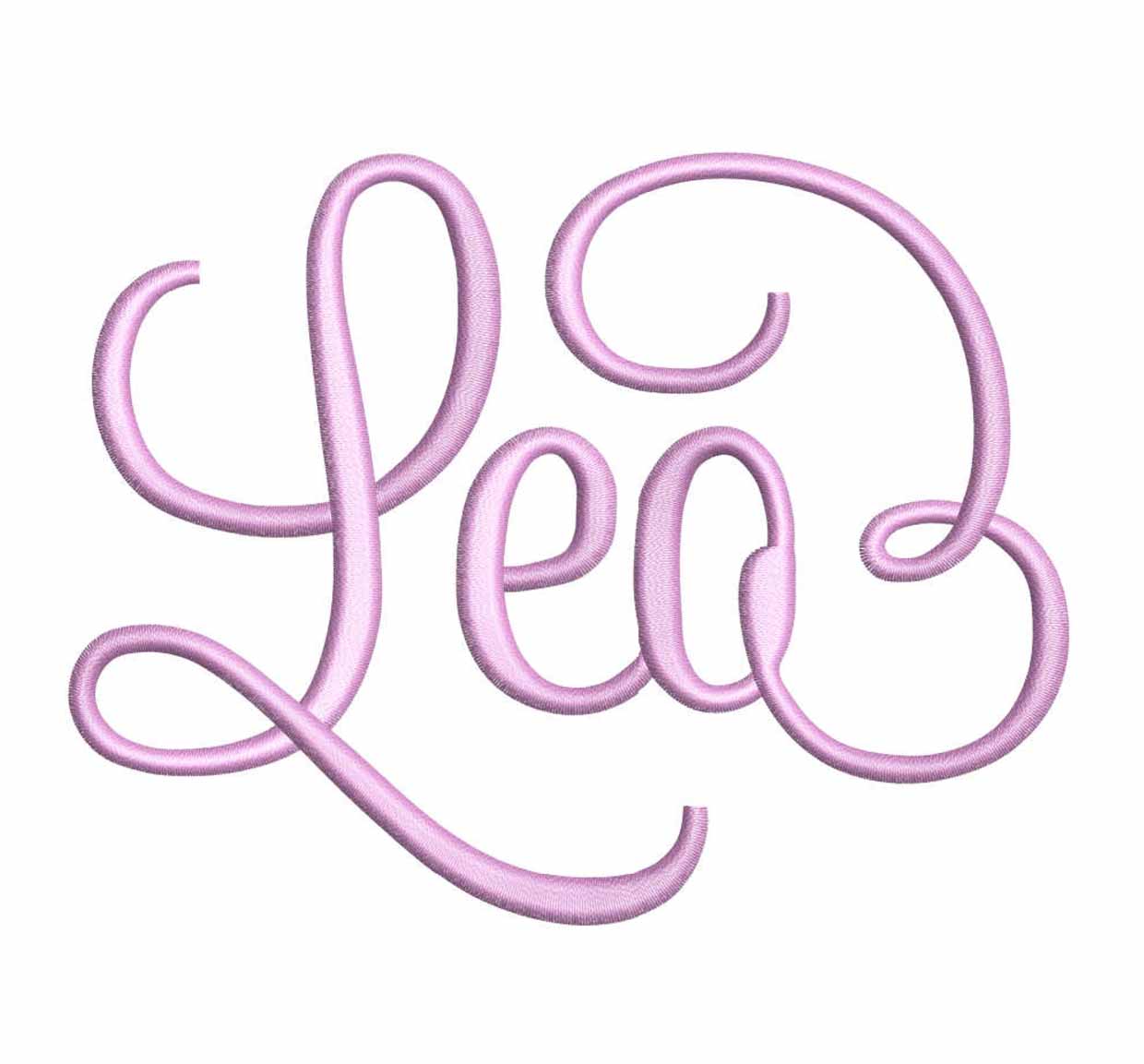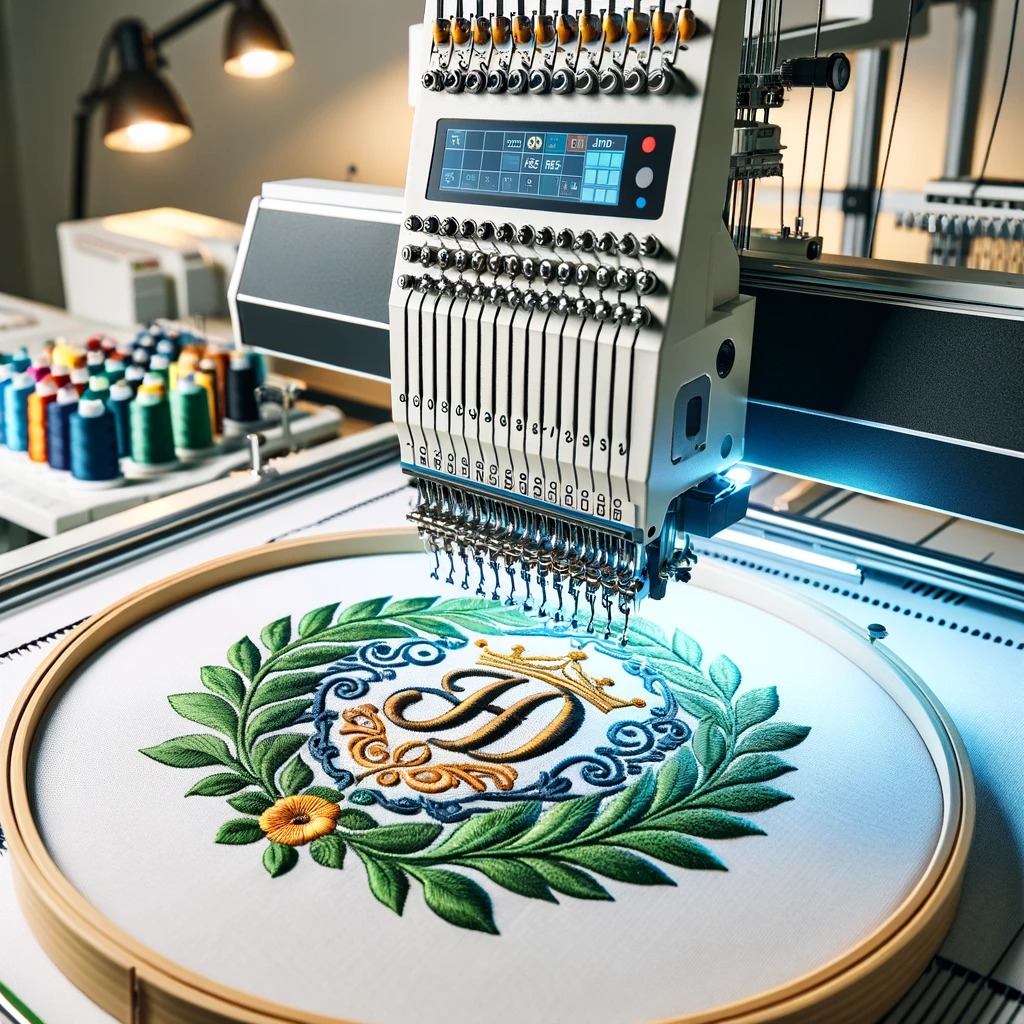Reviving Classic Embroidery Techniques in Modern Fashion Trends blends traditional craftsmanship with contemporary style, making timeless fashion statements.
Embroidery has been an essential part of cultural history for centuries, adorning garments, tapestries, and decorative items with intricate designs. Today, this ancient craft is experiencing a revival, with classic embroidery techniques being reimagined and integrated into modern fashion trends. Fashion designers and artisans alike are breathing new life into these techniques, blending tradition with contemporary styles.
A Return to Handcrafted Elegance
Embroidery, once a symbol of wealth and craftsmanship, is now finding its place in mainstream fashion. In an age dominated by fast fashion and machine-made garments, there is a growing appreciation for the time-honored, handcrafted nature of embroidery. This renewed interest in craftsmanship is driving consumers toward custom, handmade clothing that incorporates detailed embroidery, making each piece unique and personal.
Fashion brands have taken notice of this demand, often showcasing collections that feature delicate, hand-stitched details. These collections combine modern cuts with intricate embroidery, offering a contrast between the simplicity of modern fashion and the complexity of traditional designs.
Classic Techniques That Are Making a Comeback
Several classic embroidery techniques are being revisited and updated for today’s fashion landscape:
1. Crewelwork:
Crewel embroidery is one of the oldest forms of the craft, using wool yarn to create textured designs. In modern fashion, crewelwork is being used to add dimension to casual and formal pieces, from jackets to evening dresses.
2. Cross-Stitch:
Though it was once considered an old-fashioned hobby, cross-stitch is making a comeback in contemporary designs. Designers are incorporating it into streetwear, bringing a vintage flair to modern clothing items like sweatshirts, hats, and even denim.
3. Tambour:
Tambour embroidery, characterized by its chain stitches made with a hooked needle, has a delicate lace-like quality that is now being used to embellish high-end garments. It adds a luxurious, handcrafted element to otherwise minimalist designs.
4. Goldwork:
Traditionally used to signify wealth and status, goldwork embroidery uses metallic threads to create rich, shimmering designs. Today, this technique is often paired with modern silhouettes to create a striking juxtaposition between the opulence of goldwork and the simplicity of contemporary clothing.
Embroidery in Sustainable Fashion
Another reason for the resurgence of embroidery in modern fashion is its alignment with the sustainable fashion movement. As consumers become more eco-conscious, there is a growing trend toward slow fashion, where quality and longevity of clothing matter more than quantity. Embroidery, by its nature, is labor-intensive and requires skill, making it a perfect fit for this ethos.
Custom embroidered pieces are seen as timeless items that can be passed down through generations. The durability of the embroidery means that garments can be worn and cherished for years, reducing the need for constant purchasing of new clothing.
The Role of Embroidery in High Fashion
Beyond casual and sustainable fashion, embroidery has long been a staple in high fashion, particularly in haute couture. Designers from luxury fashion houses like Dior, Valentino, and Chanel have consistently used elaborate embroidery to add texture and depth to their collections. These high-fashion pieces often showcase hours of meticulous handwork, using techniques such as beadwork, silk ribbon embroidery, and appliqué.
In recent years, we’ve seen even more avant-garde approaches to embroidery, with designers using unexpected materials like leather, plastic, and even technology-driven designs. These innovations push the boundaries of what embroidery can be, proving that it’s not just a relic of the past but a versatile art form that continues to evolve.
Embroidery in Streetwear and Pop Culture
Interestingly, embroidery has also found its way into streetwear and pop culture. Brands like Gucci and Off-White have popularized embroidered patches and logos on everything from hoodies to sneakers. These embroidered elements often make bold statements, adding an artistic touch to otherwise casual clothing.
Celebrities and influencers have also contributed to this trend by showcasing embroidered fashion in their everyday looks, increasing its visibility and appeal among younger audiences. Whether it’s a custom embroidered jacket or a cap with intricate stitching, the combination of embroidery with street style creates a fresh, youthful aesthetic.
Customization and Personalization
One of the biggest draws of embroidery in modern fashion is the ability to customize garments. Personalization is highly sought after by consumers who want to express their individuality through their clothing. Custom embroidery allows people to create one-of-a-kind pieces that reflect their personal style, whether it’s adding a monogram, a unique design, or even a meaningful quote to a jacket, hat, or bag.
For brands, offering custom embroidery services has become an essential part of their business model. It allows them to connect with customers on a deeper level, providing them with bespoke fashion that feels special and unique.
The Timeless Appeal of Embroidery
The resurgence of classic embroidery techniques in modern fashion is a testament to the timelessness of this art form. Whether through crewelwork, cross-stitch, or goldwork, designers are finding innovative ways to incorporate traditional embroidery into contemporary designs. As consumers continue to seek out unique, personalized, and sustainable fashion, it’s clear that embroidery will remain a significant influence in the industry for years to come.
In today’s fast-paced world, where trends come and go in the blink of an eye, embroidery offers a sense of permanence and artistry that is both beautiful and meaningful. By combining tradition with innovation, the revival of classic embroidery techniques is helping to shape the future of fashion, one stitch at a time.




